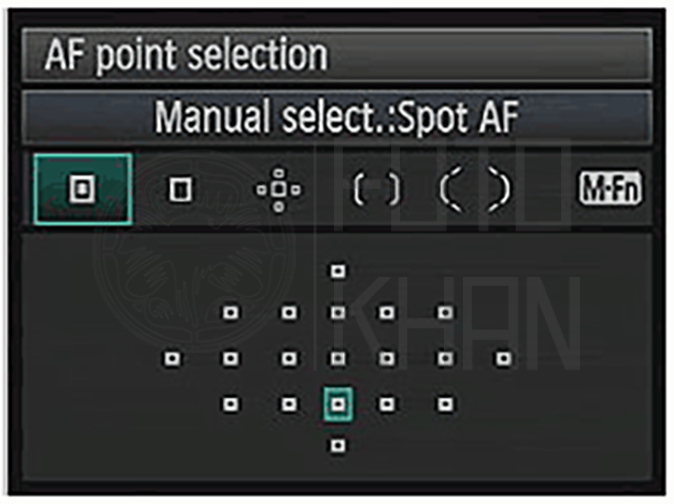Selecting focus points is a critical skill for beginner photographers that can significantly impact the composition and sharpness of their images. Focus points determine where the camera will prioritize focus within the frame. Here are some valuable tips for beginners on how to select focus points effectively:
1. Understand Focus Points:
Modern digital cameras come equipped with an array of focus points distributed across the frame. These focus points represent areas where the camera can automatically focus. Understanding how they work is essential:
- Single Point: In single-point mode, you manually select a specific focus point, typically using the camera’s directional pad or touchscreen. This allows you to precisely control where the camera focuses.
- Multi-Point: In multi-point mode, the camera automatically selects focus points based on its algorithms. While convenient, this mode may not always focus on the subject you intend.
- Dynamic/Zone AF: Some cameras offer dynamic or zone AF modes that allow you to select a group of focus points or a cluster in a specific area of the frame. This is useful for tracking moving subjects.
2. Assess Your Composition:
Before selecting focus points, assess your composition and consider the following:
- Subject Placement: Identify the main subject in your frame and determine where you want the focus to be. For portraits, the eyes are often a primary focus point. In landscapes, the focus point may vary depending on the composition.
- Rule of Thirds: Utilize the rule of thirds to help you decide where to place your focus point. Positioning the point on intersections or along prominent lines can create visually engaging compositions.
3. Lock Focus and Recompose:
One technique for precise focus control is to lock focus on your subject and then recompose the shot. Here’s how:
- Place your chosen focus point over the subject you want to focus on.
- Half-press the shutter button to lock focus. Keep the button half-pressed to maintain focus.
- While maintaining focus, recompose the shot by moving the camera to your desired composition.
- Fully press the shutter button to capture the image.
4. Experiment and Learn:
As a beginner, don’t hesitate to experiment with different focus points and compositions. Practice in various shooting scenarios, such as portraits, landscapes, and action photography. Over time, you’ll develop a better sense of where to place focus points for different subjects and compositions.
5. Use Manual Focus:
While autofocus is convenient, manual focus can provide greater control, especially in challenging situations. Some lenses offer manual focus rings, allowing you to fine-tune focus manually.
Mastering focus point selection takes practice and patience. As you gain experience, you’ll become more adept at choosing the right focus points to achieve the desired results in your photography, resulting in sharper and more engaging images.

